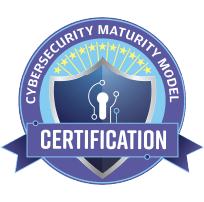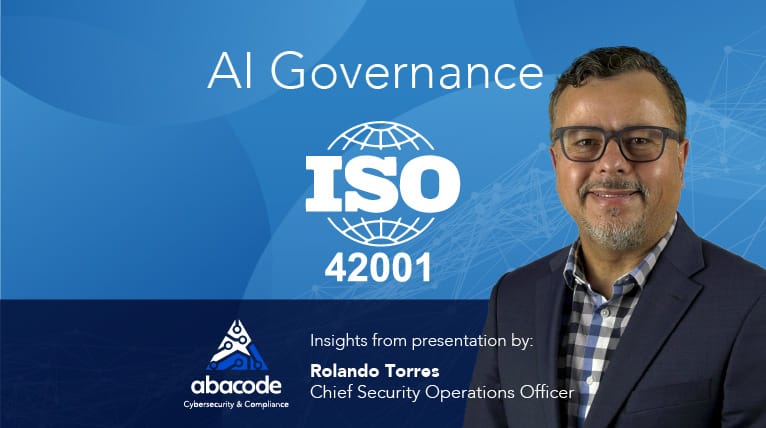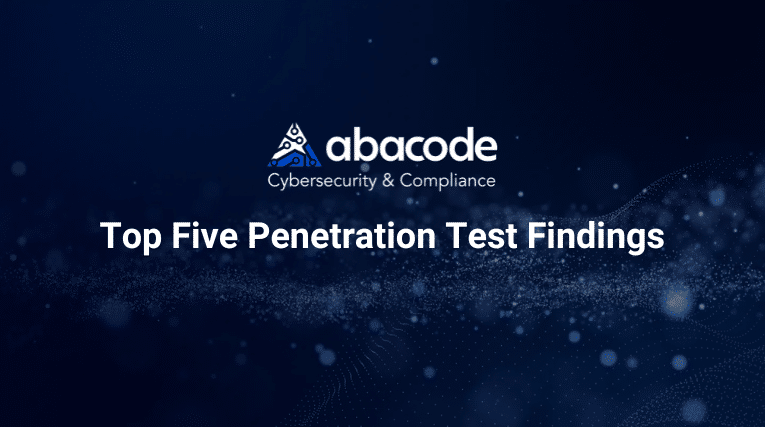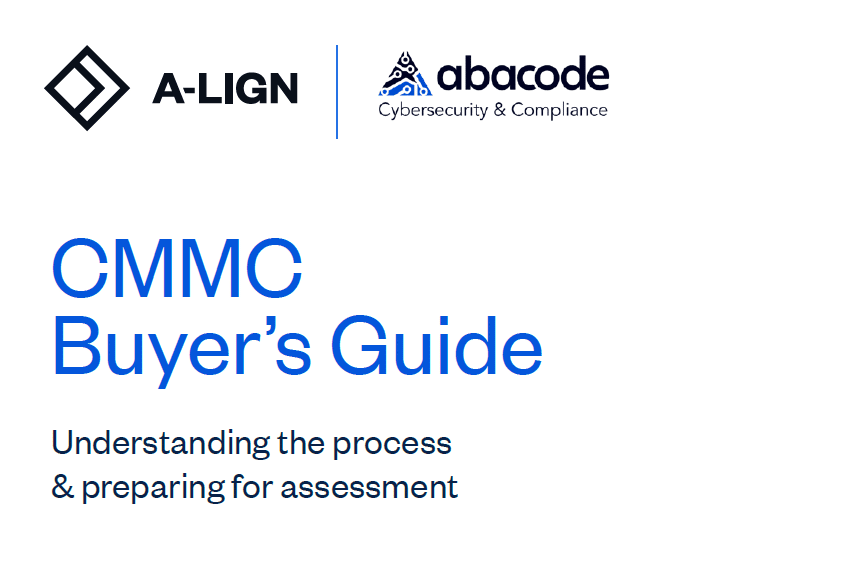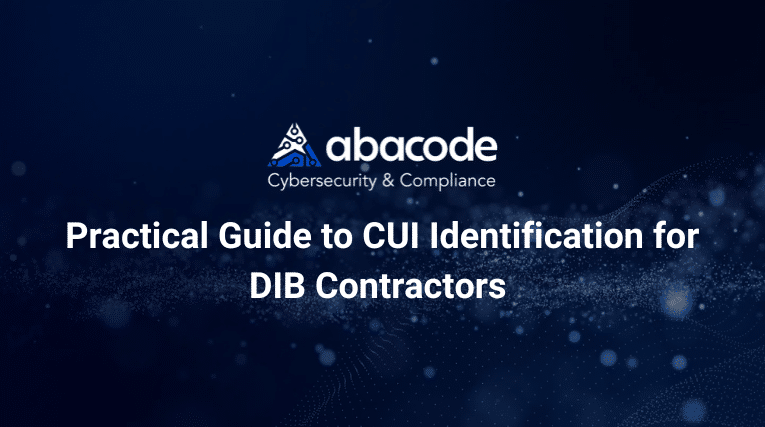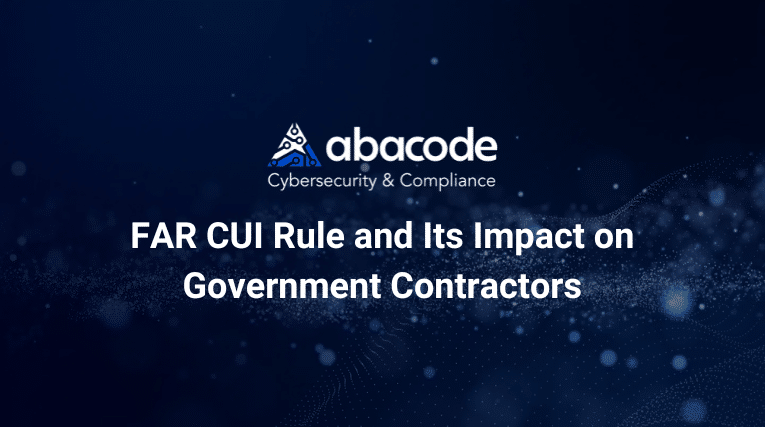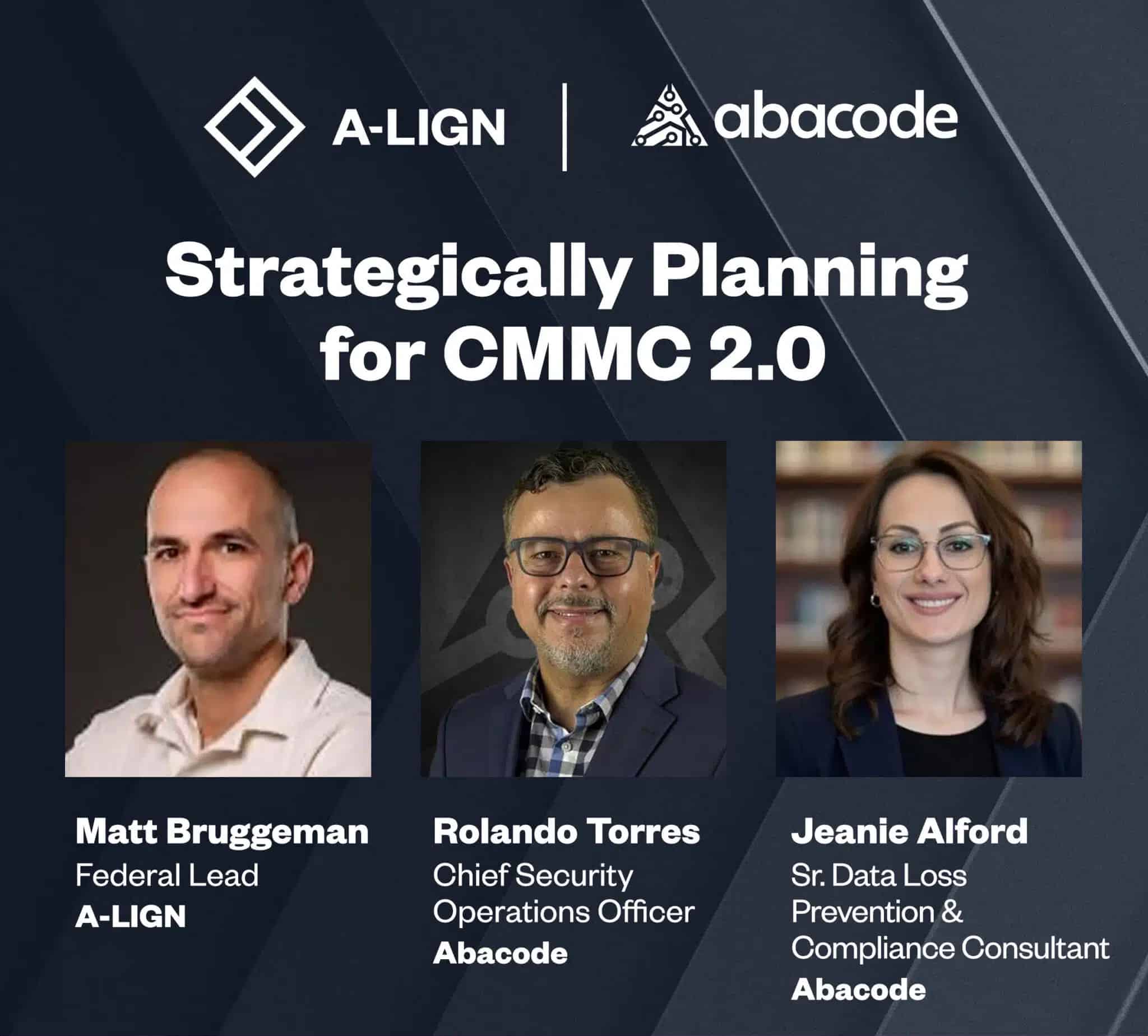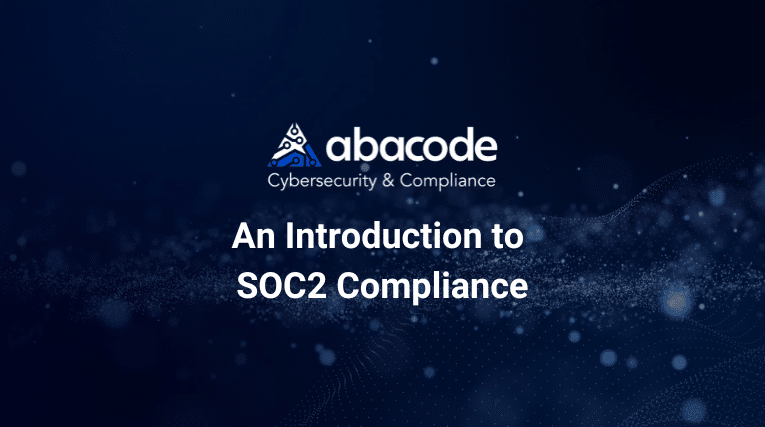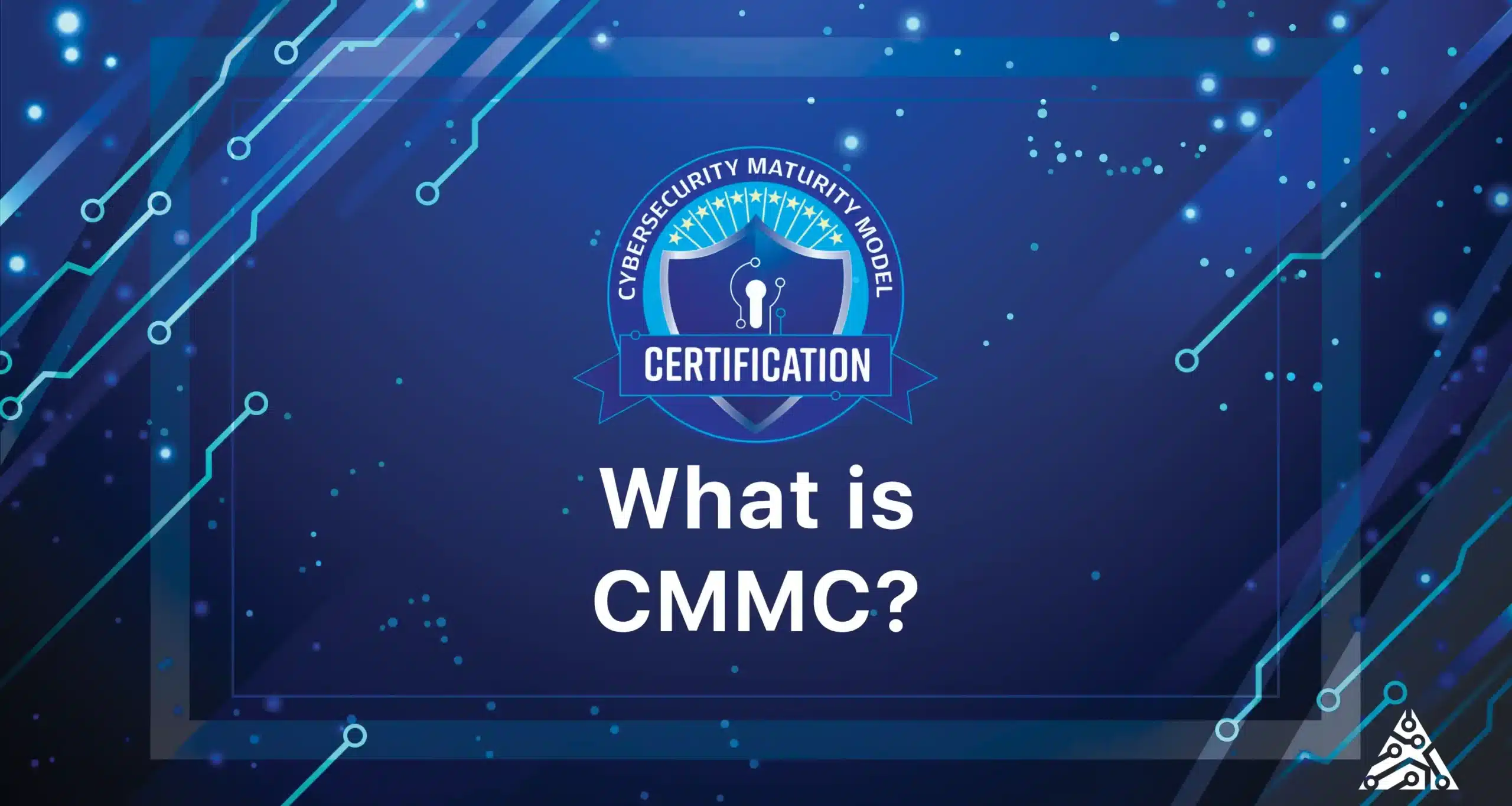
Meet and maintain compliance standards.
Best practice cybersecurity aligned to meet compliance requirements.
Trusted Expertise, Recognized Accomplishments
Our commitment to credibility is proven by our industry-recognized accomplishments and expert certifications.
-
GRC Services
Abacode’s Managed Compliance Services will guide you through the compliance readiness process and help you maintain continuous compliance requirements.
We ensure your organization abides by regulatory requirements and/or certification bodies (CB) in preparation for third-party audits against security standards such as CMMC, NIST 800-171, HIPAA, FedRAMP, and SOC 2 and more.
-
Compliance-Driven SOC
Our monitoring services make sure that your security controls are always working properly. We track cybersecurity compliance and security effectiveness through our Security Operations Center (SOC) to keep your controls up to date. Abacode manages the entire process and acts as your security and compliance department during the assessment, audit, examination, and/or subsequent certification. You can learn more about our Third-Party Risk Monitoring service here.
-
World-Class Compliance Dashboards and Reporting
Abacode produces unified security & compliance reporting that allows your business to track its maturity against any security or risk-based standard, such as CMMC, SOC 2, HIPAA, ISO, and more.
Managed Compliance Frameworks
Abacode's Security Operation Center is compliance-based with GRC Advisors so you stay ahead of the curve on framework changes
-
CMMC
Boost your DoD contract opportunities with CMMC compliance, expanding your revenue streams. Our program saves costs, streamlines cybersecurity and compliance, and accelerates audit readiness.
INDUSTRIES: Defense Contractors, Aerospace and defense, IT, Manufacturers, Logistics and supply chain
Learn More -
NIST 800-171
We focus on NIST 800-171 readiness, allowing organizations to engage in federal contracts. Our compliance portal streamlines control tracking for ongoing security compliance.
INDUSTRIES: IT, Healthcare, Finance, Manufacturing, Energy, Telecom, Government
Learn More -
ISO 27001
Boost your organization’s credibility with ISO standards for enhanced security. Explore ISO 27001, where we specialize in implementation and offer continuous compliance support.
INDUSTRIES: Manufacturing, IT, Healthcare, Aerospace and defense, Energy, Finance, Education
Learn More -
SOC 2
Finance, retail, healthcare, computing and cloud storage, and SaaS are a few of the types of businesses that may need SOC 2 Certification, but any B2B that handles customer data can benefit from proactively gaining certification.
INDUSTRIES: Tech & cloud, SaaS, MSPs, Data center/hosting, Financial, Payment processors, Investment, Insurance, Healthcare, Legal, Education, Government contractors
Learn More -
HIPAA
We simplify HIPAA – HITECH compliance, enabling your healthcare business to focus on patient care. We provide expertise, convenience through our compliance portal, and dedicated support.
INDUSTRIES: Healthcare, Health insurance, Healthcare tech, Pharmaceutical, Medical manufacturers, Telehealth
Learn More -
PCI
Abacode streamlines PCI compliance with expert assessments, security measures, and ongoing monitoring. Their holistic approach ensures organizations are audit-ready, minimizing risks and protecting cardholder data effectively.
INDUSTRIES: Retail, Hospitality, E-commerce, Finance, Service providers
Learn More -
CIS Controls
Embrace the CIS Controls to fortify cybersecurity defenses. Prioritized and adaptive, these controls enhance security, protect assets, and boost resilience against cyber threats in today’s digital world.
Learn More -
NIST CSF
Adopt the NIST Cybersecurity framework to enhance overall cybersecurity posture by effectively managing and mitigating cyber risks, promoting a proactive security culture, and aligning its security practices with recognized industry standards and best practices.
INDUSTRIES: IT, Healthcare, Finance, Manufacturing, Energy, Telecom, Government
Become compliant, stay compliant with Abacode
Watch Video
Need a different framework not listed here?
Contact one of our Solutions Advisors to discuss what you're looking for.


